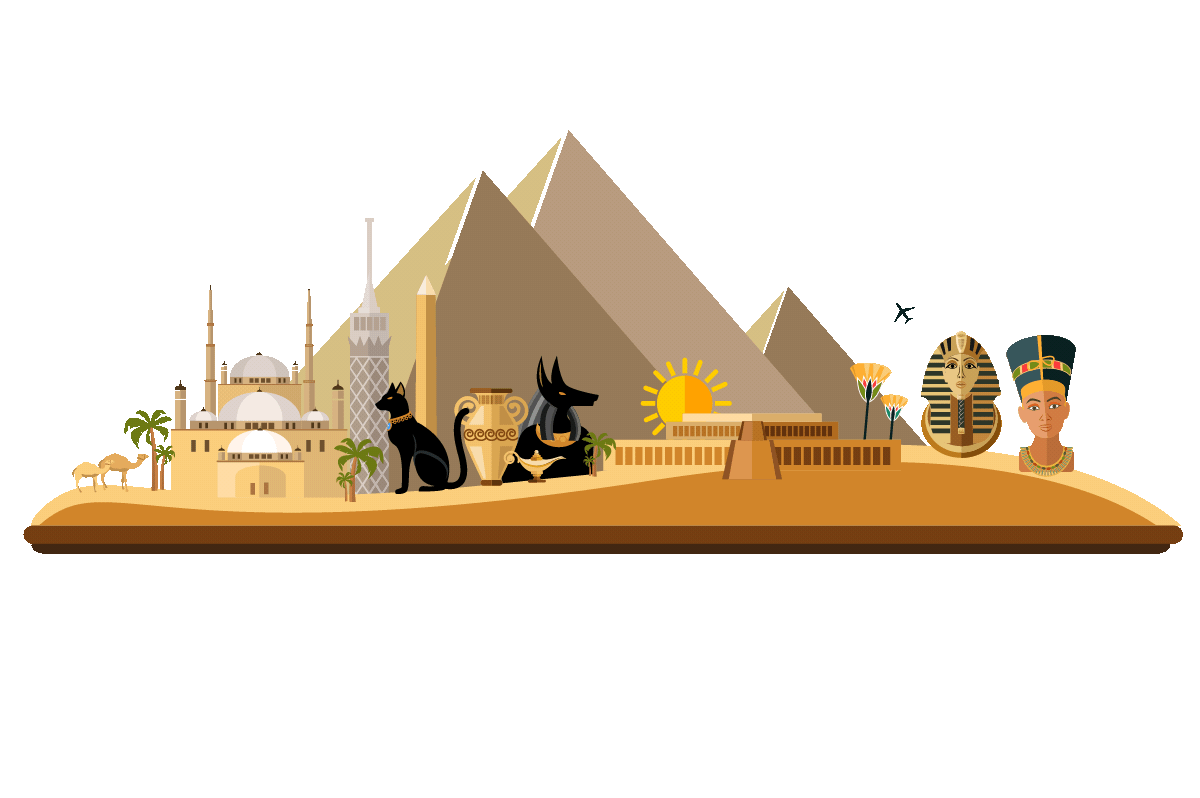Tabla de contenido
What is Philae Temple in Aswan Complex
The History of Philae Temple
The Construction and design of Philae Temple Complex
Relocation of the Temple of Philae
Philae Temple sound and light show
This island-based temple complex in Aswan certifies—beyond any others in the Nile Valley—the survival of pure Egyptian art for centuries after the Pharaohs' reign.
Continuous efforts have been made to mutilate the sculptures of this temple, from enthusiastic early Christians to the policy of the Iconoclasts, who sought favor with the Byzantine court by destroying heathen images. Still, the Philea Temple Complex is a testament to the enduring legacy of ancient Egyptian artistry, preserving its architectural brilliance and cultural significance despite the ravages of time and human intervention.
What is Philae Temple in Aswan Complex?

Philae temple complex is a group of temples located on an island of the Aswan Low Dam reservoir in Egypt. This complex was moved to Agilkia Island as part of the UNESCO Nubia Campaign project before the completion of the Aswan High Dam in 1970. Recently the Austrian Academy of Sciences, Vienna (Institute OREA) has been studying the hieroglyphic reliefs of the temple complex under the Philae Temple Text Project.
The History of Philae Temple

Pharaonic Era: Foundations of Divinity
Who built the Temple of Philae? Its origins trace back to the Pharaonic period, with its most ancient structures attributed to Nectanebo I (380–362 BC). Serving as a sacred site for the worship of Isis, the temple gained prominence as a spiritual center for divine rituals. Its strategic location on an island near the First Cataract of the Nile reinforced its role as a crucial religious and cultural hub during ancient times.
Ptolemaic Contributions: A Fusion of Cultures
The History of the Temple of Philae reveals its architectural peak during the Ptolemaic era (305–30 BC), as rulers like Ptolemy II expanded the complex to honor Isis and other deities. The intricate reliefs and twin pylons blend Pharaonic traditions and Greek artistry, this period cemented Philae's reputation as a masterpiece of religious devotion and artistic expression.
Christianization: Transition to a New Era
With the rise of Christianity in Egypt, Philae experienced a profound transformation. By 391 AD, the Theodosian decrees outlawed pagan practices, leading to the Christianization of the temple. Isis worship persisted for decades until Emperor Justinian I closed the site in the 6th century, converting its spaces into churches. While this transition marked the decline of its original purpose, the temple remained a powerful symbol of Egypt's evolving spiritual landscape.
The History of Philae Temple encapsulates centuries of cultural and religious transformation, offering a vivid narrative of Egypt's dynamic history.
The Construction and design of Philae Temple Complex

Philae Temple Architecture showcases remarkable artistry and engineering. The main structures, built under Ptolemies like Ptolemy II and VI, include propyla adorned with colossal lions, obelisks, and reliefs depicting myths like Osiris and Horus. Unique features like the sekos housed monolithic shrines for sacred hawks, now displayed in global museums. Early Christians and Iconoclasts defaced many carvings, except for Horus, possibly due to parallels with Christian symbolism. The island's leveled ground and secure masonry underscore advanced engineering, and the vivid decorations of columns on Hathor Temple on Philae Island retain their brilliance.
Relocation of the Temple of Philae

The Temple of Philae faced submersion threats in the early 20th century due to the construction of the Aswan Low Dam. In the 1960s, an international effort led by UNESCO dismantled the temple and relocated it to Agilkia Island, preserving its historical significance. Each stone was carefully cataloged and reassembled to replicate the original layout, ensuring the temple's architectural integrity. This monumental feat safeguarded the Philae Temple Complex from permanent damage, allowing future generations to explore its rich heritage and marvel at its intricate.
Philae Temple sound and light show

Philae Temple sound and light show revives the temple's rich legacy, including tales of Egyptian gods like Osiris and the ancient structures dating back to King Thutmose III. With performances in 10 languages, the show offers an unforgettable journey into Philae's secrets and mysteries. Let Sun Pyramids Tours take you on this magical adventure! Book with us today and enjoy expert-guided tours, seamless arrangements, and an unparalleled experience that will leave you with cherished memories of this iconic temple.
Why do I book with Sun Pyramids Tours?
Egypt warmly welcomes visitors with its majestic Nile River, desert landscapes, and the fertile Delta, along with its remarkable and awe-inspiring landmarks. With our Egypt tour packages, you’ll have the chance to uncover the most mesmerizing wonders of the land of the Pharaohs, including the iconic Giza Pyramids, the Great Sphinx, Abu Simbel, the Karnak temples, and so much more. The Nile River is also the perfect setting for one of our Nile cruises, where you can sail through history, admiring the magnificent monuments between Luxor and Aswan. The opportunity is right here for you—don’t miss out, book with us today!

.DvizhAGb.gif)
Plan your next adventure now
Tours relacionados
Preguntas frecuentes
Ver más

There are no frequently asked questions :)
Blog relacionado

Planifique un viaje a Egipto
+1 more
Guía definitiva: cómo planificar un viaje a Egipto

Navidad y Año Nuevo en Egipto
+1 more
Navidad y Año Nuevo en Egipto

Gemas ocultas de Egipto
+1 more
Gemas ocultas de Egipto

Templo de Abu Simbel
+1 more
Templo de Abu Simbel
¿Necesitas ayuda para encontrar tu viaje?
Offers
Make Trip
trips
Home





























